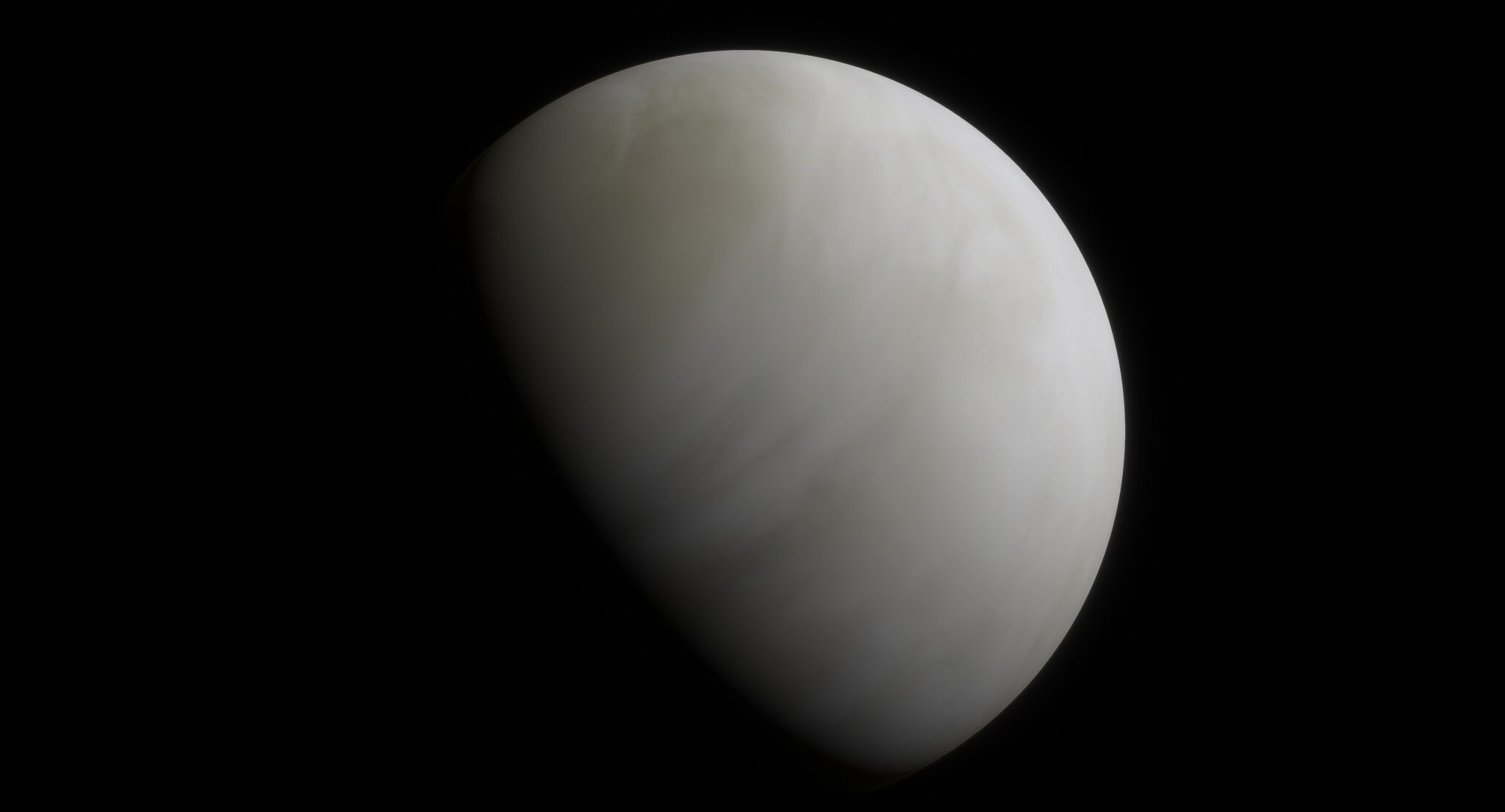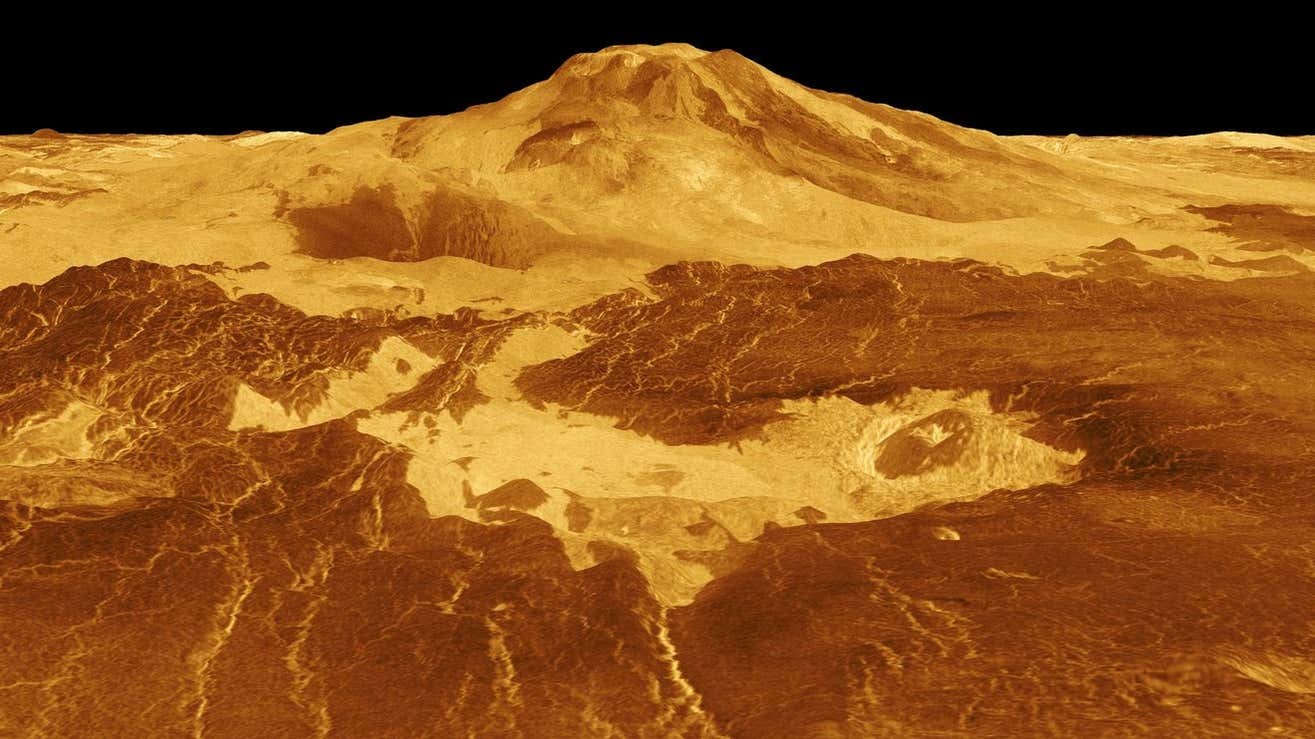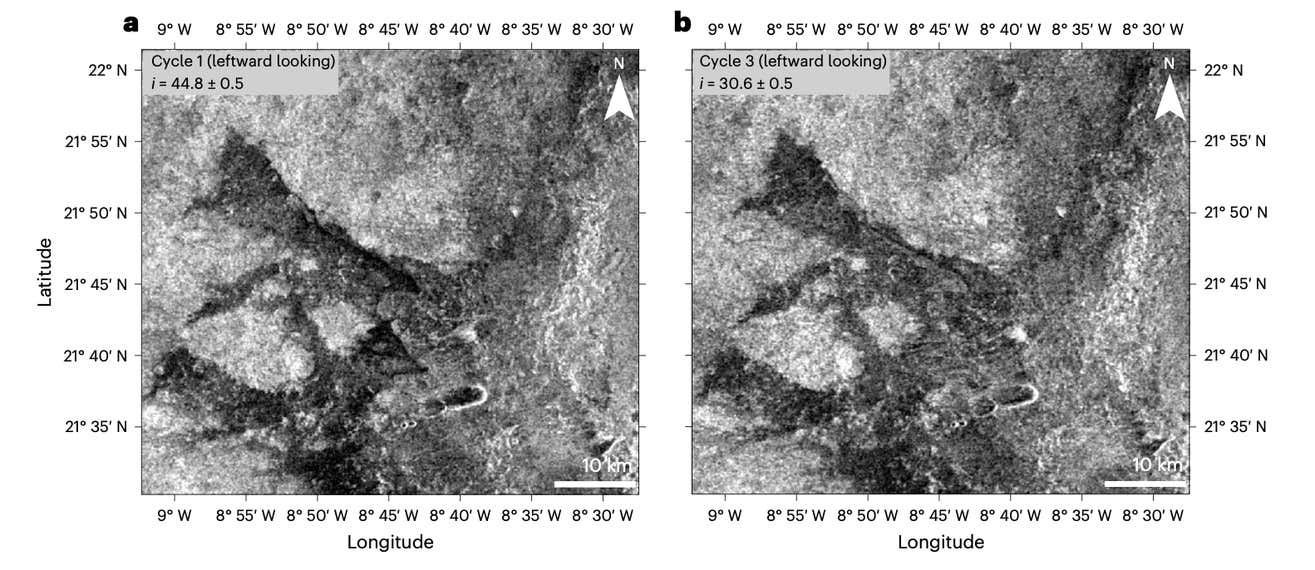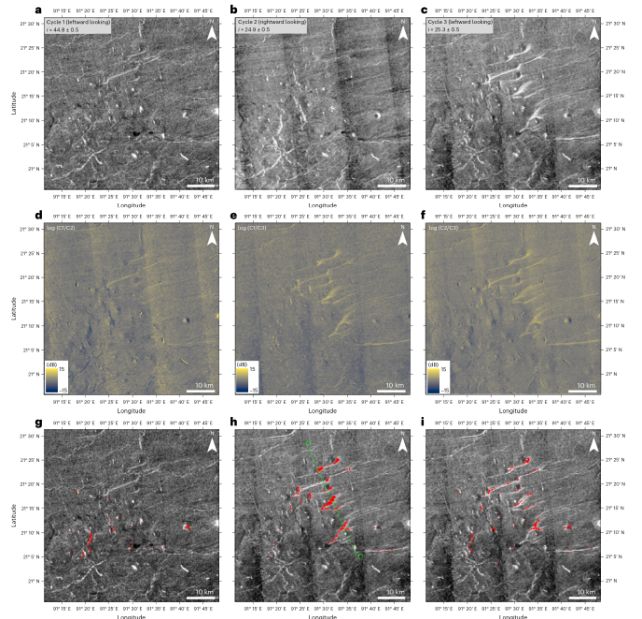The surface of Venus is covered with thousands of volcanoes, some of which may still be active. A new analysis of 30-year-old radar images taken by the Magellan spacecraft has discovered new lava flows on the planet, indicating its volcanic activity between 1990 and 1992.

NASA’s Magellan mission reached Venus in 1990 and took the first images of the entire surface of the planet before its plunge into the Venusian atmosphere on October 12, 1994. After that, no other spacecraft explored Venus. Although radar images are more than three decades old, new instruments allow researchers to discover new details about this planet.

Davide Sulcanese, a graduate student at Università d’Annunzio in Italy and the lead author of a new article on Venus volcanism, says that the radar images he and his team studied are his peers. “This is very old data. But with the help of modern technology, we can make them useful for new discoveries,” says Sulcanese.

The team analyzed two sets of Magellan radar data obtained in 1990 and 1992 to find evidence of volcanic activity. They found surface changes in two areas: Sif Mons and Niobe Planitia. Scientists have noticed variations in radar backscattering between images taken by Magellan, which is likely evidence of new lava flows on the surface of Venus.
These data not only confirm previous studies, but also suggest that modern volcanism on Venus is a common phenomenon. In March 2023, a group of scientists discovered a volcanic vent on Venus, which changed shape and significantly increased in size in less than a year.
This was the first evidence of recent volcanic activity on Venus, but now scientists can better understand the scale of this phenomenon. “Our results show that Venus is much more active than expected. The level of its activity is comparable to that of Earth,” Sulcanese notes.

Studying active volcanoes can help scientists understand how the planet’s interior forms its crust and affects its suitability for life. Venus is sometimes called the Earth’s twin due to its almost identical size, mass and similar composition.
“By studying Venus, we can better understand the Earth,” says Sulcanese.
After much preparation, NASA is finally planning a new mission to Venus. VERITAS, which is scheduled to launch no earlier than 2031, will explore the surface and core of Venus to understand how a rocky planet with Earth-like dimensions evolved quite differently.
Earlier, we reported on how the culprit was found in the mysterious disappearance of water from Venus.
According to sciencealert.com


